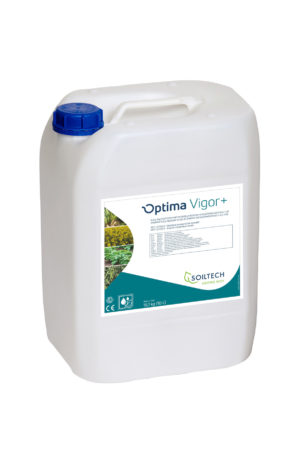In the cultivation of sugar beets, a number of planting processes play a crucial role that determine the final yield and grading. A grower can positively influence these processes by applying the right fertilisers and biostimulants at the right time.
Optima Vigor+ is an ideal product for use in sugar beet cultivation. Discuss with your advisor what is the best application for you in terms of dosage and amount of applications.
Select a stage for more information
Stage 1
Sowing
Stage 1
Sowing
Soiltech has no products for this stage.
Stage 2
Emergence
Stage 2
Emergence
Soiltech has no products for this stage.
Stage 3
Foliar development
Stage 3
Foliar development
Advice:
| Optima Vigor+ | 2-4 applications of 3 - 4 L/ha during leaf development |
Relevant products
Stage 4
Full growth
Stage 4
Full growth
Advice:
| Optima Vigor+ | 2-4 applications of 3 - 4 L/ha during leaf development |
Relevant products
Stage 5
Ripening and root filling
Stage 5
Ripening and root filling
Soiltech has no products for this stage.



